Edible Lavender Flowers: A Sweet and Sassy Guide for Spice Lovers
Table of Contents
Introduction to Edible Lavender Flowers
If you're a spice enthusiast or someone who loves experimenting with flavors, edible lavender flowers might just be your new favorite ingredient. Known for their delicate floral aroma and subtle sweetness, these little blossoms can transform any dish into something truly special.
But what exactly are edible lavender flowers? They are the dried buds of the lavender plant (Lavandula species), which are safe to consume and commonly used in both sweet and savory dishes. Their versatility makes them a popular choice among chefs and home cooks alike.
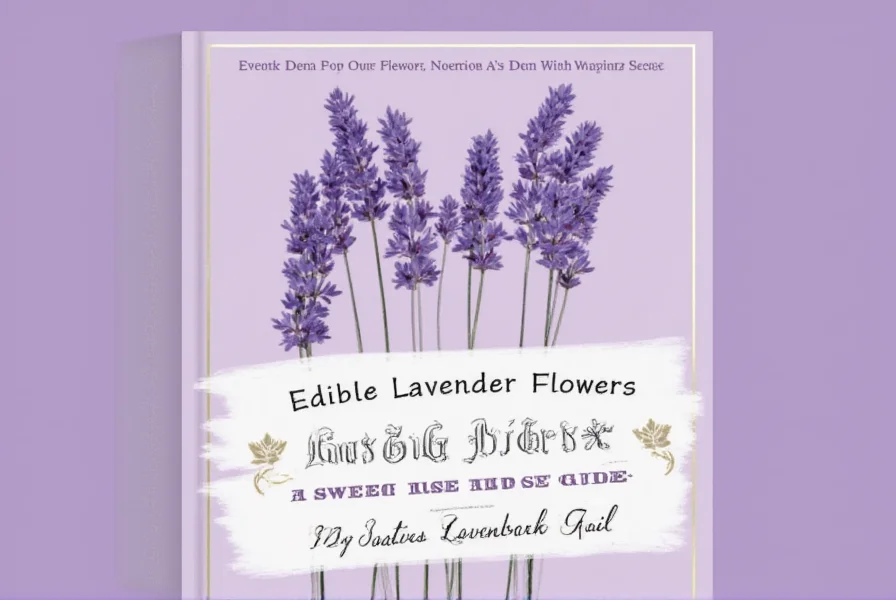
Why Lavender is a Must-Have in Your Spice Cabinet
Lavender isn’t just for making soaps and candles—it’s also a fantastic culinary ingredient! Here’s why you should add it to your spice collection:
- Aromatics: The floral scent of lavender adds a unique depth to both desserts and savory dishes.
- Natural Flavor Enhancer: It pairs well with honey, citrus, and herbs like thyme and rosemary.
- Health Benefits: Lavender has been linked to calming effects and may help with digestion when consumed in moderation.
- Visual Appeal: Its purple petals make any dish look more elegant and artistic.
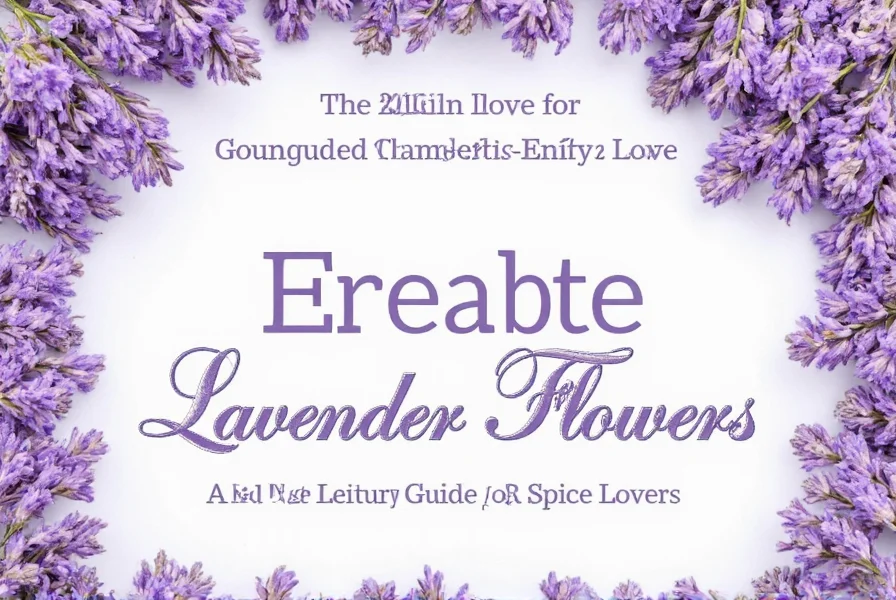
How to Use Edible Lavender Flowers
Using edible lavender is simple, but there are some tips to keep in mind to get the best flavor and texture out of your ingredients:
1. Infuse It
Add a few dried lavender buds to hot liquids like tea, syrup, or even coffee. This is a great way to enjoy its floral notes without overwhelming your palate.
2. Sprinkle It On Desserts
Try adding a pinch of lavender to cookies, cupcakes, or ice cream. It pairs especially well with vanilla, lemon, and chocolate.
3. Mix Into Baked Goods
For a more intense flavor, mix crushed lavender into breads, muffins, or scones. Just be careful not to overdo it—too much can taste soapy.
4. Add to Savory Dishes
Lavender works surprisingly well in savory recipes too. Try it in roasted vegetables, meat rubs, or even in a vinaigrette for salads.
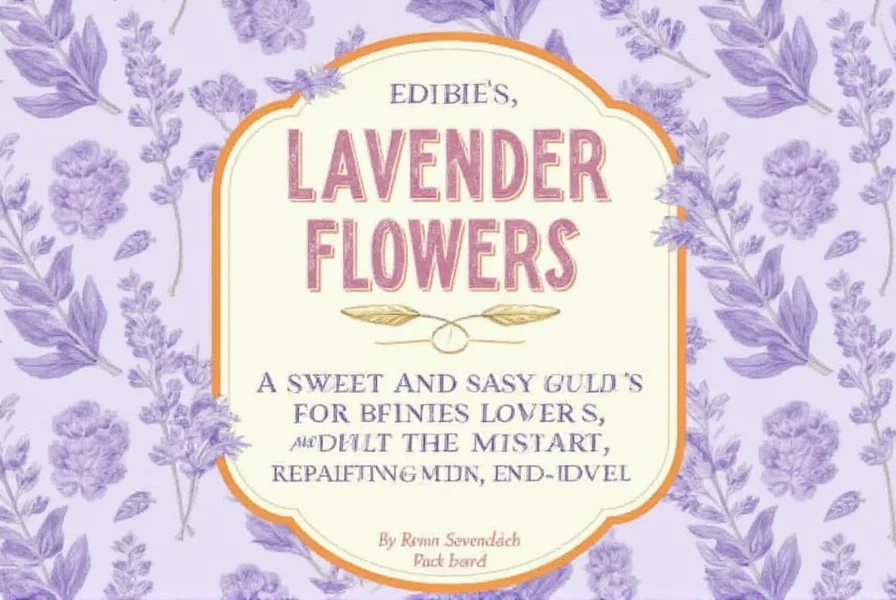
Buying Guide for Edible Lavender Flowers
When purchasing edible lavender, it's important to choose high-quality, food-grade products. Here's a quick guide to help you pick the right one:
Key Features to Look For
- Organic: Opt for organic lavender to ensure no harmful pesticides or chemicals were used.
- Freshness: Check the expiration date and look for vibrant purple color—dull or brownish lavender may be old.
- Source: Choose lavender from reputable growers or specialty spice shops.
Top Products for Edible Lavender
| Product Name | Features | Best For |
|---|---|---|
| Organic Lavender Buds | 100% organic, sun-dried, and free from additives | Cooking, baking, and infusions |
| Lavender Honey Syrup | Infused with real lavender, perfect for drizzling | Drinks, desserts, and glazes |
| Mini Lavender Sachets | Great for adding fragrance to dishes or as a gift | Gifts, potpourri, and decorative use |
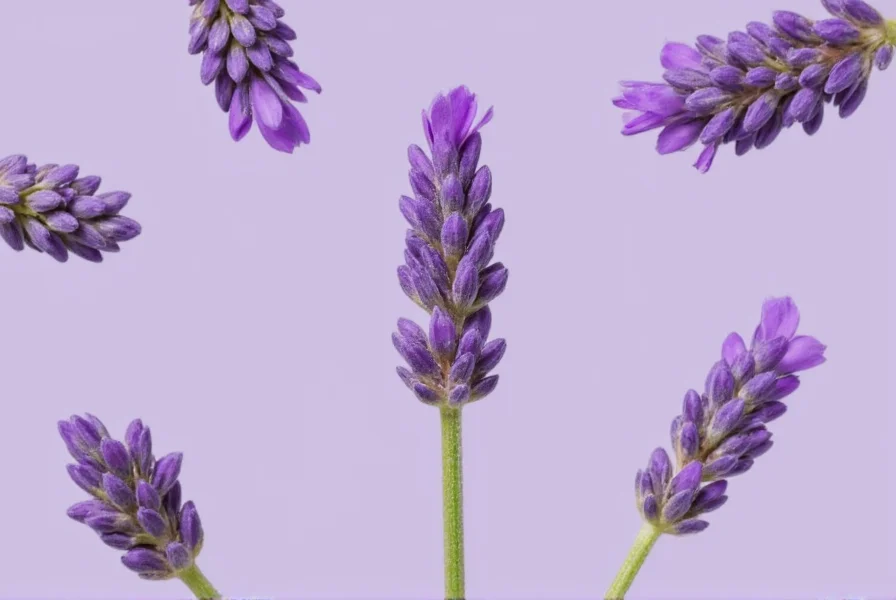
Creative Recipes with Edible Lavender
Ready to get creative in the kitchen? Here are a few fun and flavorful ways to use edible lavender flowers:
1. Lavender Lemon Cookies
These light and fragrant cookies are perfect for tea time or as a sweet treat. Simply mix lavender into the dough along with lemon zest for a zesty twist.
2. Lavender Infused Honey
Combine lavender buds with raw honey in a jar and let it sit for a week. Use it as a topping for toast, yogurt, or in your morning tea.
3. Lavender Roasted Vegetables
Toss carrots, potatoes, and Brussels sprouts with olive oil, salt, pepper, and a sprinkle of lavender. Roast at 400°F (200°C) until tender and golden.
4. Lavender Chocolate Truffles
Make a rich chocolate ganache, then fold in finely ground lavender and roll into balls. Store in the fridge and serve chilled.
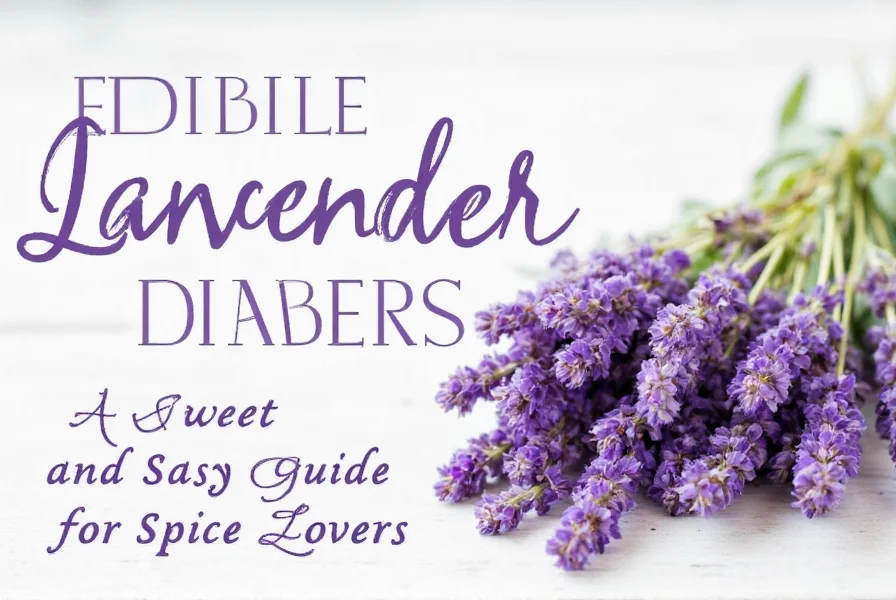
Conclusion
Edible lavender flowers are more than just a pretty addition—they’re a powerful flavor enhancer that can elevate your cooking and baking to the next level. Whether you're an experienced chef or a curious home cook, incorporating lavender into your dishes can open up a world of new tastes and textures.
Remember, the key to using lavender is balance. Start with small amounts and adjust based on your taste. With a little creativity, you’ll find countless ways to enjoy this aromatic and versatile herb.
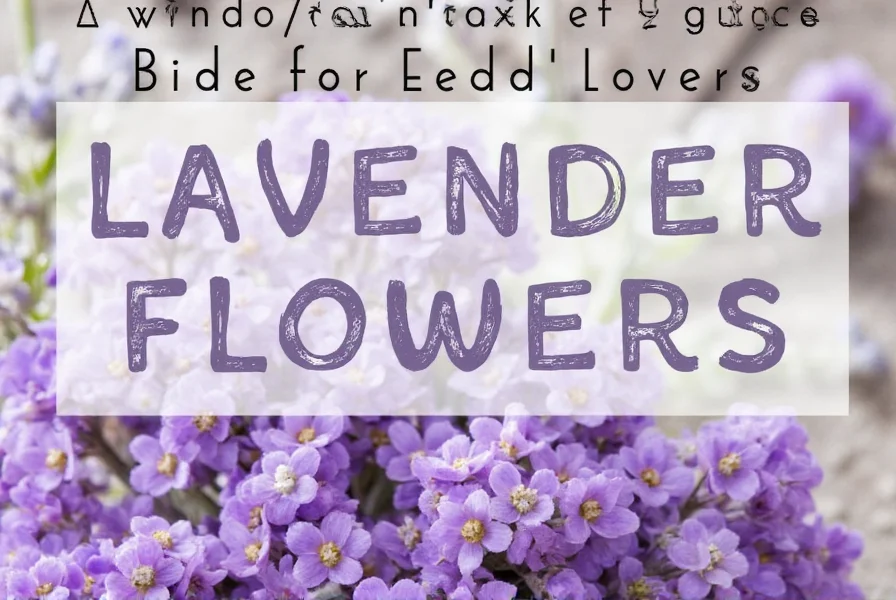

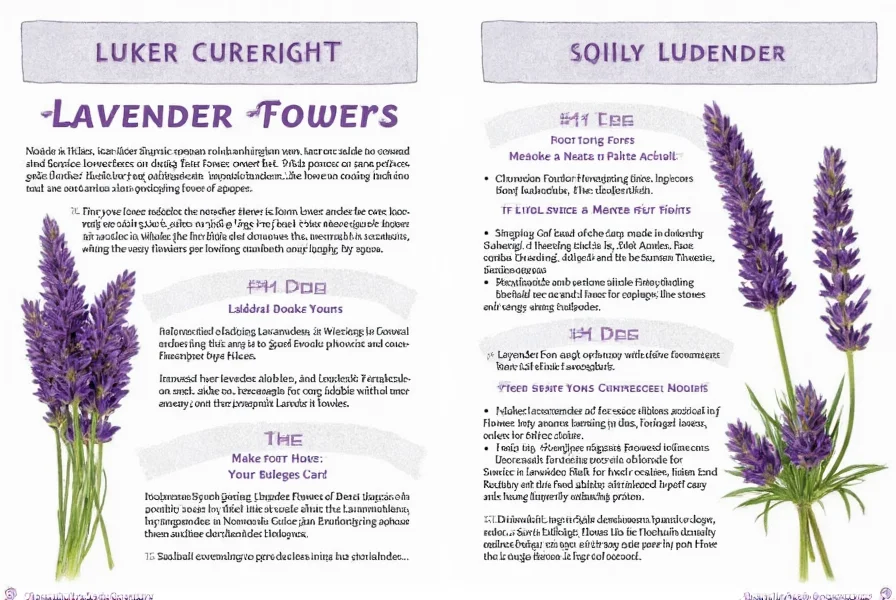









 浙公网安备
33010002000092号
浙公网安备
33010002000092号 浙B2-20120091-4
浙B2-20120091-4